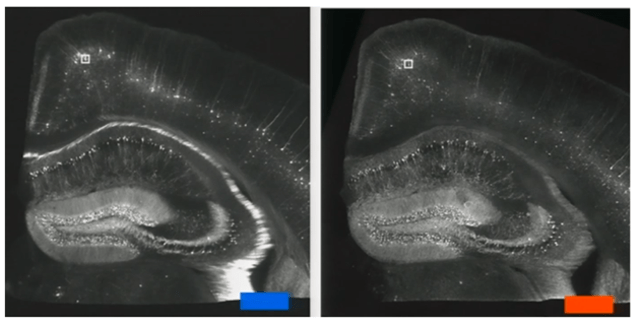Up until now, most microscopy has operated on a pretty simple principle: Use tricks of light to make small things appear big. A group of MIT scientists, however, are trying something radically different. They have developed a technique that physically makes tiny neurons bigger, and, yes, it uses a chemical commonly found in nappies.
Being able to enlarge neurons becomes all the more important once you understand the limits of even the most powerful conventional light microscope. A conventional microscope can only distinguish objects at least 200 nanometres apart due to the wavelength of visible light. This is especially frustrating for neuroscientists. The size of synapses — junctions where one neuron meets another — is just under this limit. There are techniques that use fluorescent proteins or electron beams to see even smaller, but they require delicate or invasive manipulation of tissue and have other limitations.
Enter expansion microscopy, where you literally let brain cells swell up with water. As Nature reports, the technique developed by Ed Boyden and collaborators at MIT involves infusing brain tissue with acrylate, the same chemical that absorbs water in nappies. The brain-acrylate matrix then balloons up to 4.5 its original size, all the while preserving the relative position of proteins to one another.
For neuroscientists studying hard-to-see synapses, this technique could be a real boon. Being able to peer at the physical structures and proteins of a synapse could help unravel how neurons communicate with one another. Nature reports the technique has been tried in mouse, fruit fly, and zebrafish brains, and another group is applying it to human brain tissue.
This is some pretty ingenious thinking that leapfrogs right over visible light’s inherent limitations — instead of making something look bigger, just make it actually bigger. [Nature]
Picture: A slice of mouse brain enlarged and shown at lower magnification on the right via Boyden, E., Chen, F. & Tillberg, P. / MIT / National Institutes of Health
